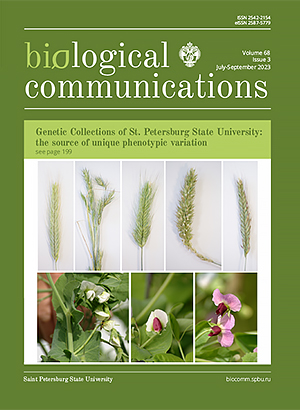Changes in Mn availability and soil acidity in Albic Retisol limed with dolomite screenings of various sizes and doses: a long-term microfield experiment in the north-western Russia
DOI:
https://doi.org/10.21638/spbu03.2023.301Abstract
Liming of acidic soils is associated with various processes in the soil, including the availability of nutrients for plants. The vector and extent of these changes depend, inter alia, on the type of lime material and the doses used. Particularly, excessive liming can trigger a deficiency of manganese for crops. A long-term microfield experiment (13 test years) was carried out on Albic Retisols reclaimed with the dolomite particles of various sizes as a by-product of stone processing quarries. Ten treatments including various sized dolomite particles and their combinations, as well as traditional limestone flour on the background of NPK fertilizer were studied for the changes in soil acidity indicators (exchangeable acidity, pH; hydrolytic acidity, Hy; total acidity, Htot) and manganese availability. The amount of acidic components passing into the extract of 1N KCl was insufficient to reveal a dependency between the exchangeable acidity and the content of mobile manganese in the soil of most treatments limed with dolomite particles of various sizes. However, the relationship between the content of mobile Mn in soils and the value of hydrolytic acidity was proved by paired linear regressions. Regardless of the dose and size of dolomite particles added, the soil was highly and moderately supplied with plant available manganese during the entire study period.
Keywords:
Retisol, dolomite screenings, manganese, hydrolytic acidity, dependency
Downloads
References
Downloads
Published
How to Cite
License
Articles of Biological Communications are open access distributed under the terms of the License Agreement with Saint Petersburg State University, which permits to the authors unrestricted distribution and self-archiving free of charge.





